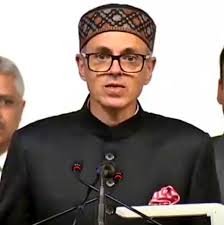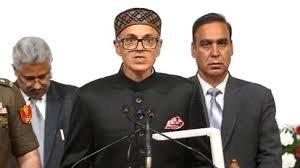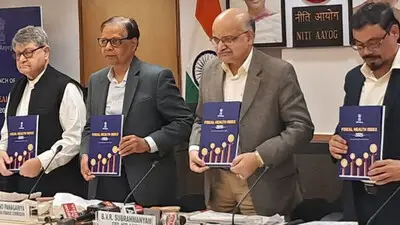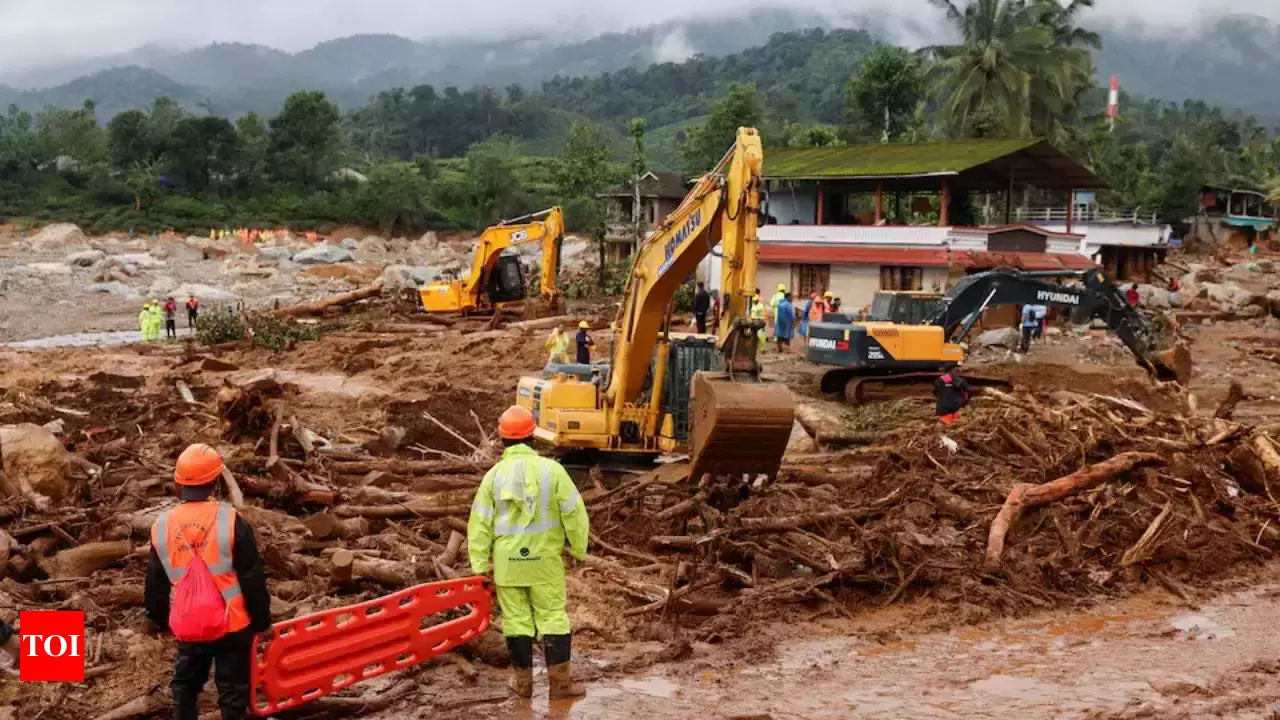Chief Ministers of Jammu and Kashmir: A Comprehensive Overview
Introduction to the Chief Ministerial Role
The Chief Minister of Jammu and Kashmir plays a pivotal role in the governance and administrative framework of the Union Territory. As the head of the government, the Chief Minister is responsible for implementing policies, maintaining law and order, and ensuring the welfare of the citizens. The position has evolved significantly over the years, especially following the reorganization of Jammu and Kashmir in 2019, which led to the creation of a Union Territory.
Historical Overview of Chief Ministers
Jammu and Kashmir has a rich political history, beginning with its first Chief Minister, Mehr Chand Mahajan, who took office in 1947. The Chief Minister’s role has seen various changes over the decades, influenced by the region’s unique political landscape. The region has had a mix of political parties, with notable leaders like Sheikh Abdullah, who is often referred to as the “Lion of Kashmir,” and Mehbooba Mufti, the first woman to hold the office.
Current Political Scenario
As of now, the political landscape in Jammu and Kashmir is marked by a significant transformation. Since its status changed in 2019, the Union Territory has witnessed changes in governance and political dynamics. The current administration is focused on development, security, and restoring peace in the region. The appointment of a Lieutenant Governor has also reshaped the relationship between the central government and the local administration.
Notable Chief Ministers in History
Several Chief Ministers have left a lasting impact on the region’s political and social fabric. For instance, Sheikh Abdullah’s leadership in the 1950s and 60s was characterized by land reforms and social justice initiatives. More recently, Mehbooba Mufti’s tenure focused on women’s empowerment and dialogue with separatist factions to foster peace. Each leader’s policies and governance style have significantly influenced the region’s development trajectory.

Why This News is Important
Understanding Governance in Jammu and Kashmir
Knowledge of the Chief Ministers of Jammu and Kashmir is crucial for understanding the region’s governance structure and political history. The Chief Minister’s role directly impacts policy-making and the implementation of developmental programs that affect millions of lives in the Union Territory.
Impact on Students and Aspirants
For students and aspirants preparing for government exams, especially those aiming for positions in civil services, understanding the political framework of Jammu and Kashmir is vital. Questions regarding the region’s political history, governance models, and significant political figures often appear in competitive exams.
Reflecting on Regional Stability
The history and evolution of leadership in Jammu and Kashmir provide insights into the region’s stability and governance challenges. By studying the contributions of various Chief Ministers, one can better understand the socio-political dynamics and the ongoing efforts towards peace and development.
Current Developments and Future Implications
As the political landscape continues to evolve, staying informed about the Chief Ministers’ roles and policies is essential. Current developments can lead to changes in administration and governance, which may impact job opportunities and public administration strategies in the future.
Historical Context
Early Governance Structure
The governance of Jammu and Kashmir dates back to 1947 when the region became a part of India. The position of Chief Minister was established to provide local governance, reflecting the democratic aspirations of the people.
Major Political Milestones
Over the decades, the region has seen significant political changes, including the accession to India, the rise of regional parties, and pivotal moments like the insurgency in the late 20th century. Each Chief Minister has navigated these challenges differently, shaping the political narrative of the region.
Recent Developments Post-2019
The abrogation of Article 370 in August 2019 marked a watershed moment in the region’s governance. This move led to the reorganization of Jammu and Kashmir into a Union Territory, bringing about significant changes in the political structure. The role of the Chief Minister was also affected, with increased central oversight in governance.
Key Takeaways from “Chief Ministers of Jammu and Kashmir”
| S.No | Key Takeaway |
|---|---|
| 1 | The Chief Minister of Jammu and Kashmir is the head of the government in the Union Territory. |
| 2 | Mehr Chand Mahajan was the first Chief Minister, taking office in 1947. |
| 3 | Significant leaders include Sheikh Abdullah and Mehbooba Mufti, who shaped the region’s political landscape. |
| 4 | The role has evolved significantly, especially post-2019, with Jammu and Kashmir now being a Union Territory. |
| 5 | Understanding the political history is crucial for students preparing for government exams. |
Important FAQs for Students from this News
1. Who was the first Chief Minister of Jammu and Kashmir?
Answer: The first Chief Minister of Jammu and Kashmir was Mehr Chand Mahajan, who took office in 1947.
2. How has the role of Chief Minister changed after the reorganization of Jammu and Kashmir in 2019?
Answer: After the reorganization in 2019, Jammu and Kashmir became a Union Territory, leading to increased central oversight and changes in the governance structure, including the appointment of a Lieutenant Governor.
3. What are some significant contributions of Sheikh Abdullah as Chief Minister?
Answer: Sheikh Abdullah is known for his land reforms and initiatives promoting social justice during his tenure in the 1950s and 60s.
4. Why is it important for students preparing for government exams to know about the Chief Ministers of Jammu and Kashmir?
Answer: Understanding the political history and governance of Jammu and Kashmir is crucial for competitive exams, as questions about the region’s political dynamics often appear.
5. What impact did Mehbooba Mufti have during her tenure as Chief Minister?
Answer: Mehbooba Mufti focused on women’s empowerment and dialogue with separatist factions, aiming to foster peace in the region during her tenure.
Some Important Current Affairs Links


















